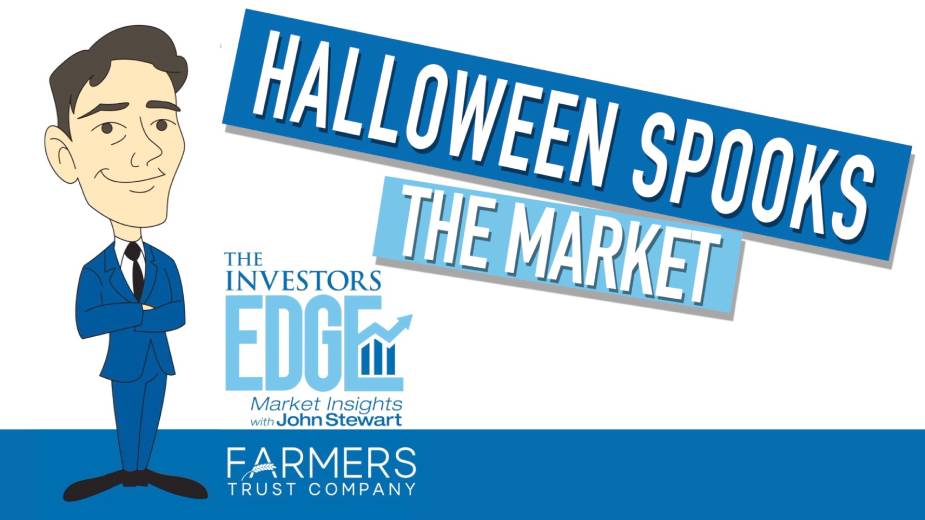The Mouse Bounces Back | The Investors Edge
By John Stewart, chief investment officer at Farmers Trust Co.
Week in Review: The Mouse Bounces Back
Disney shareholders have been in a world of pain for the better part of the past three years. The stock reached a high at $200/share back in early 2021 and has been trending lower ever since, reaching a low point below $80, for a decline of more than 60% from its highs.
What’s even more frustrating for investors is that this occurred during a period in which the overall stock market did quite well, albeit with a few bumps along the way.
That all changed this past week when Disney reported stronger than expected earnings, sending the stock up more than 12% back above $110/share.
Despite weaker streaming numbers for Disney+, management gave investors a sense of optimism that earnings would be on a growth trajectory going forward as cost cutting helps revenue drop to the bottom line.
After a relatively short hiatus, Bob Iger is back as CEO, and the stock price is acting more like it did when he was previously at the helm. Only time will tell if he can keep things moving in the right direction.
Featured Insight: Dividends and Total Return
In the age of go-go growth stocks and ultra-short time horizons for fast money traders, many investors have completely forgotten about dividends as a key source of total return.
In fact, dividends have contributed a full 1/3 of the stock market’s total return over the past 100 years. Not too shabby.
Even some of the hot growth companies in technology-related sectors have begun to consider dividends as part of their capital allocation strategy.
For example, Meta Platorms, formerly known as Facebook, instituted a dividend of 50 cents per quarter during its most recent earnings call, and while that represents a yield of less than half of one percent, it is likely they will look to grow that dividend going forward, as most companies aspire to do.
Another fun fact, that dividend will amount to $700 million a year in income for Facebook founder Mark Zuckerberg.
Looking Ahead: Eyes on the Consumer
The consumer makes up roughly 70% of the American economy. The consumer’s spending, that is.
Thus far, many economists and market participants have been surprised at the resilience of the consumer despite fears of recession and a limited amount of spending power going forward due to credit constraints, inflationary pressures, and dwindling savings.
While credit card delinquencies have been on the rise, they are still at historically low levels and debt-to-income ratios are relatively modest.
We’ll get some key data next week on retail sales, the latest consumer price inflation reading, as well as consumer sentiment.
As long as all the data continues to show a robust and resilient consumer on Main Street, it’s likely the party on Wall Street will continue as well.
Copyright 2024 The Business Journal, Youngstown, Ohio.


